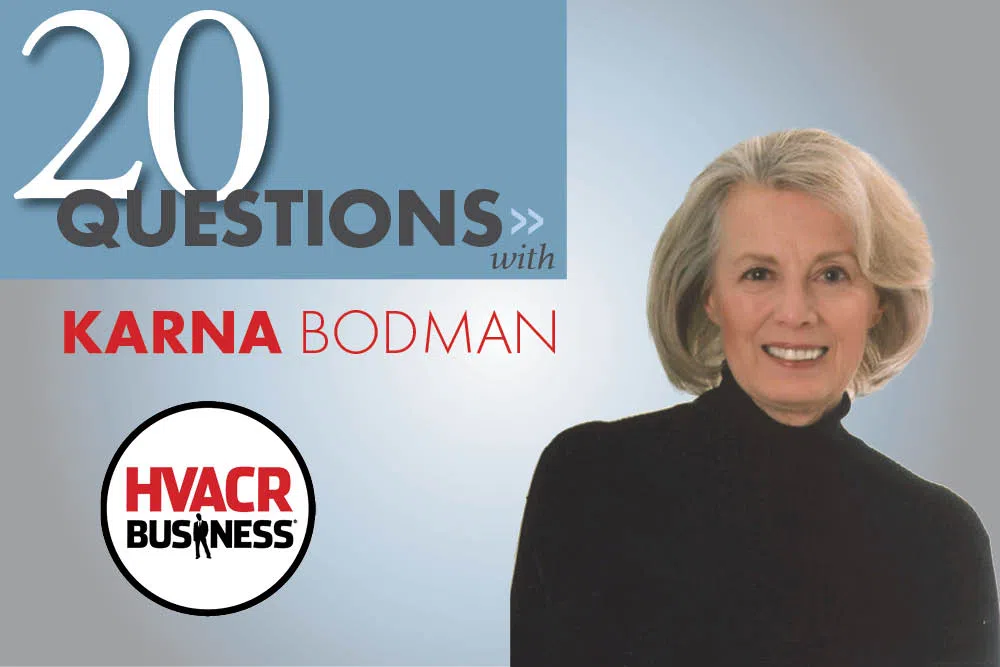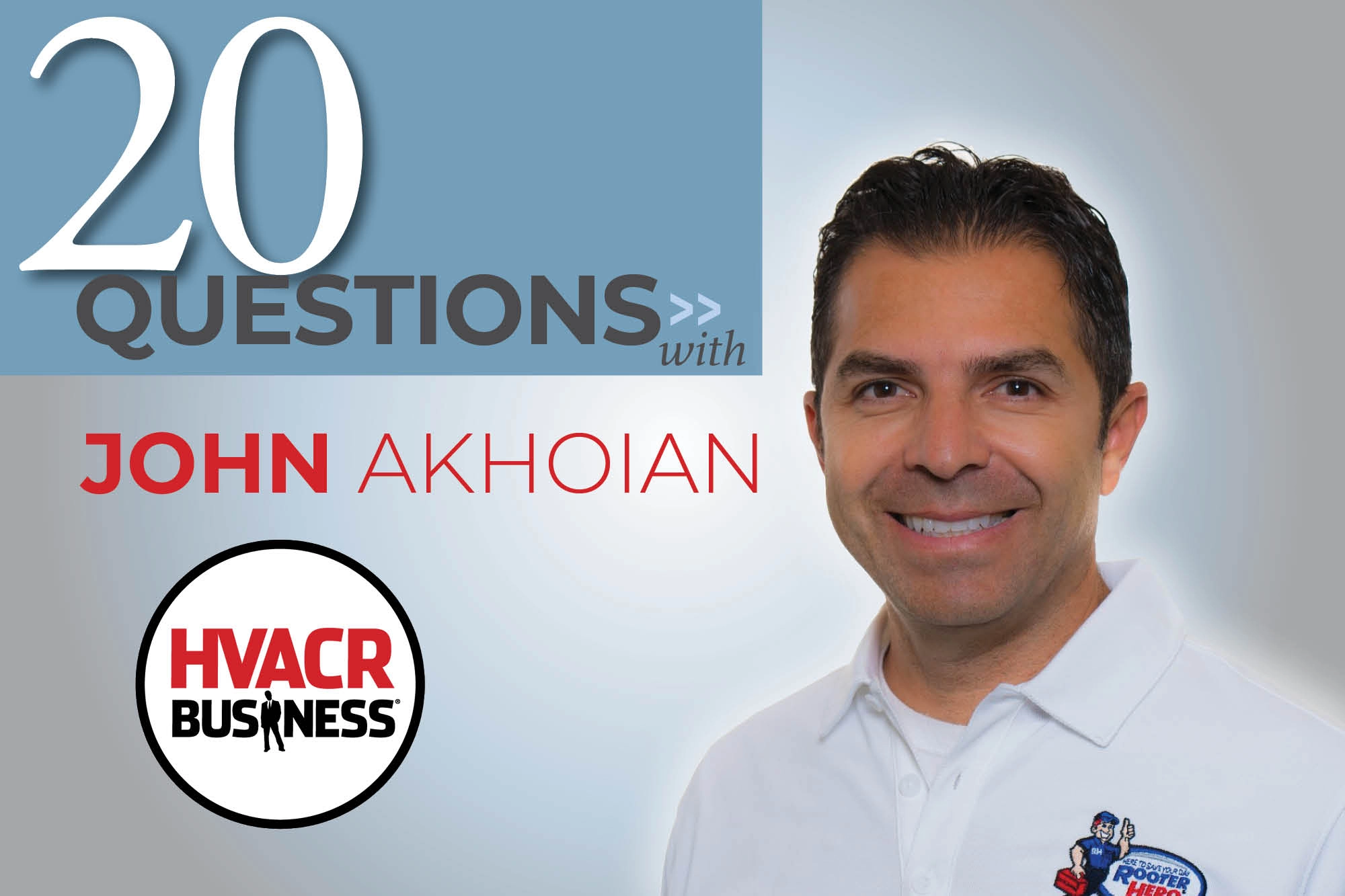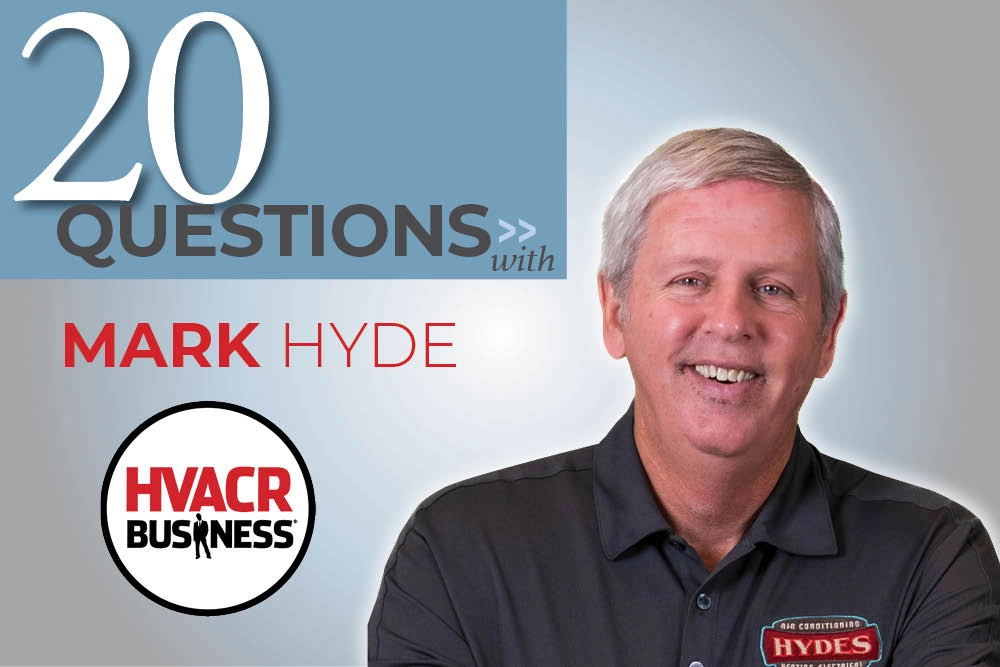Publisher Terry Tanker met with author, Karna Small Bodman outside her home in Naples, Fla. They discussed internal and external communication startegies. Karena spent 15 years as a television news anchor and reporter. She then spent 6 years in The Reagan White House, first as Deputy Press Secretary and later as Senior Director for the National Security Council. Karena now writes political thrillers. Her third book, Final Finesse will be out in May 2009.
1. What is your guilty pleasure?
Swimming daily laps in our pool and imagining that I'm Esther Williams.
2. We've all been on airplanes, but what is it like to be on Air Force One?
A heady feeling of being on top of the world (literally) with the leader of the Western World. Besides, you receive a package of jelly beans with the Presidential seal on them, and a photo with the President.
3. Why was President Reagan such an effective communicator?
He not only had a lifetime of training, he knew how to look through the camera, past the reporters and speak directly to his audience.
4. How was the strategic communications strategy developed for the Reagan Administration?
We had constant communications meetings where any and all ideas were welcomed. Mike Deaver ensured that the lighting was perfect and the backdrops were dramatic Also, whenever the President made a major speech, we developed an extensive follow-up plan, sending other speakers out to repeat his message.
5. What was one of the most difficult communication challenges you faced?
The assassination attempt. I spent the day in the Situation Room with members of Cabinet taking notes on whether the shooter was acting alone, whether there might be a worldwide plot to kill others, how the Soviets would respond as well as monitoring the surgery done on the President and others who were injured.
6. What was tougher to communicate — arms control talks or domestic policy?
Arms control talks with the Soviets was the "easy" part. It's the day-to-day strategy and policies that are constantly unfolding, changing (and often being leaked, not necessarily from The White House, but often from Capitol Hill) that were more challenging.
7. You were the Senior Director of the National Security Council and traveled with the team that briefed other world leaders after arms control talks. Given the cultural differences, did you have to alter the communication strategy for each one?
Yes, especially in France. But we lucked out because the NSC Advisor spoke French and he was able to conduct his news conference in French, which impressed the heck out of the Parisian reporters.
8. What were the most effective elements in the communication strategies of the recent presidential campaigns for McCain and Obama?
McCain's themes were all over the map and instead of telling us what HE would do, he spent too much time criticizing his opponent. Obama stuck to a couple of themes he repeated over and over again. His message resonated.
9. How can contractors learn from them?
Decide on your best message ("our employees are the most dedicated") and drive it home with repetition in clever ads, interviews, and if you're using television, create a meaningful backdrop — most people remember the visual even more than the verbal!
10. What are the biggest communication challenges our new President will face?
His biggest external challenge will be dealing with terrorism. His biggest internal challenge will be handling the economy.
11. How do you develop a crisis management plan?
Explain the situation, take responsibility (accept blame or assign it), be honest, act fast to put an action plan in place, and, finally, restore confidence.
12. How were crises handled in the Reagan White House?
As an example, when the shuttle exploded with the school teacher on board, the President cancelled his scheduled State of the Union Address for that night and went on national TV within hours to extol the virtues of the astronauts and pledge a full investigation. And when Khadafy took down one of our airliners, the President bombed Libya!
13. What lessons did you learn in The White House?
The "Rule of the 6 P's:" Proper preparation precludes pathetically poor performance.
14. How did you deal with your boss in such a highpressure environment?
Among other things, I always present a suggested solution to a problem. It lays the groundwork and the starting point for a good discussion and often saves a lot of time.
15. Do you think about communications differently now in how you approach marketing and promoting your novels?
Absolutely! In the private sector, you have to fight for every line of coverage and then hope it will be favorable.
16. Why is it so tough to get publicity for a new book?
There are approximately 300,000 books published every year. Publishers dedicate most of their (modest) budgets to a few bestselling authors – the rest have to fend for themselves.
17. What are some of the most effective marketing techniques you have used?
The best marketing is through national media attention — which is tough for novelists since news programs prefer non-fiction books that actually have a news hook.
18. What about the internet as a marketing tool?
This is THE way to go. You must have a great website that is current. You need a sophisticated web designer who can "embed" the right symbols and words so your business/name/book shows up quickly when a customer is searching for a product or an idea. Have "special offers" through your site so a customer keeps coming back.
19. Why would the readers of this magazine want to read your novels?
What a nice softball question! My stories all deal with political intrigue and international plots — challenges to our country. I want my readers to feel more like "insiders" but also get a sense of issues I believe are important to America.
20. Any final thoughts?
George Bernard Shaw once said, "The best way to get your point across is to entertain." As we all continue to work hard, develop a good businessplan, and train workers –we should try to keep a sense of humor in difficult times – hopefully our customers will appreciate it, along with being pleased with our products.






